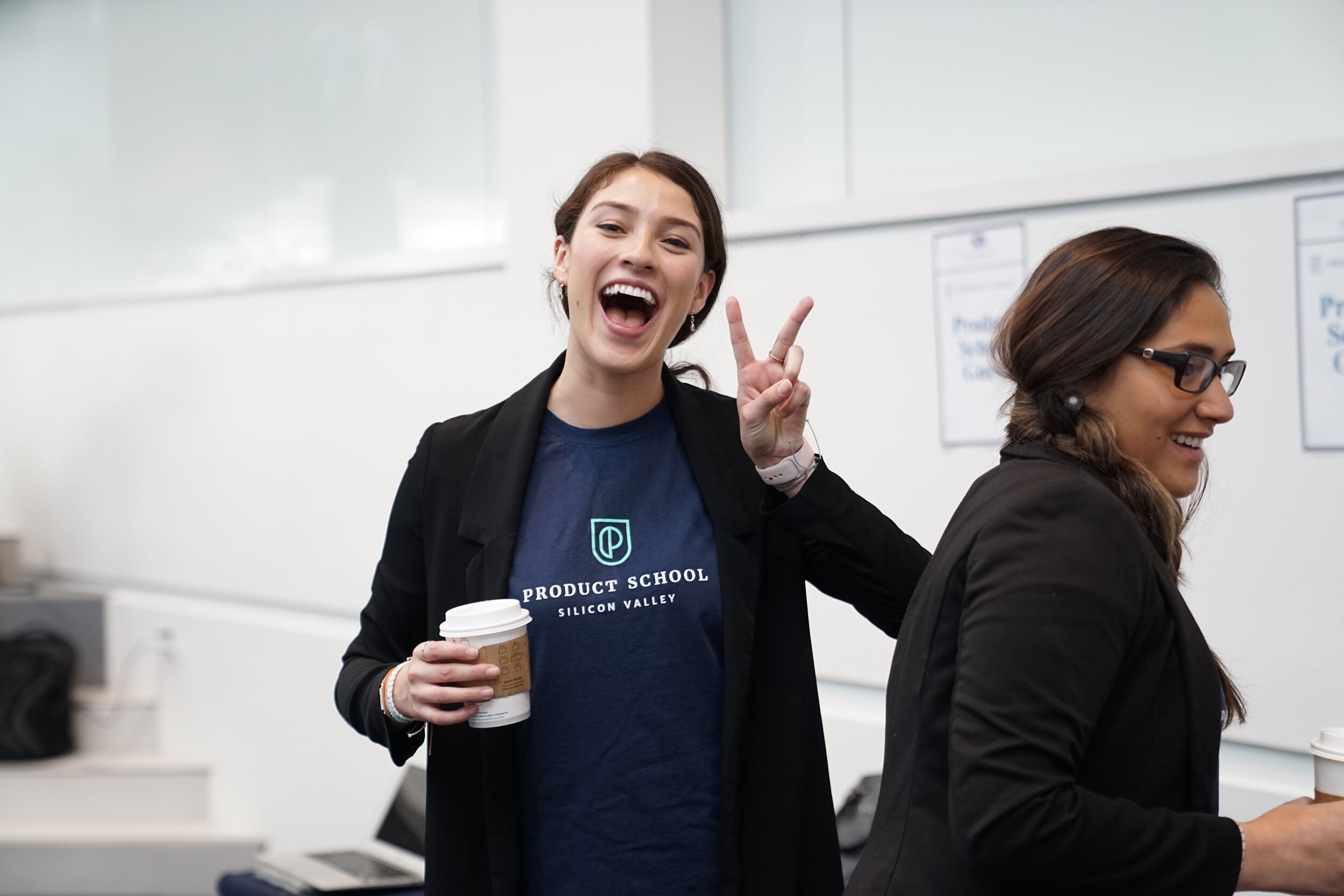The College Search & Admissions Process for Undecided Majors: Advice From a University Dean
It is common for high school and new college students to be undecided about what they want to major in during college. And, those who start college with certainty about their major often change their minds. Not being sure about what one wants to study is entirely developmentally appropriate! At the age of 18 or 19, students are still young, forming their identities, and have significant learning and growth ahead of them. Students will and should change during college. After all, that is one of the goals of education.
Why do College Students Need to Pick a Major, Anyway?
Requiring students to earn a major is a core feature of higher education. Why is this the case? What is the point of a major, especially since most people don’t work in a job that is directly related to their undergraduate major?
The role of a major is to provide depth to a student’s education and the skills that develop through rich engagement with an academic topic. Most arts and sciences majors consist of ten or more courses within an academic discipline across various levels, including introductory to advanced, typically comprising about a third of a student’s undergraduate degree.
Other requirements beyond a major may be distribution or core requirements. These are requirements that “wrap” around the major, rounding out a student’s education, and provide breadth. These requirements usually represent another third of a student’s undergraduate degree, typically leaving about ten or so courses for students to fill as they choose, including the pursuit of a second major.
For instance, a student who majors in mathematics may fulfill the major with foundational courses such as calculus and linear algebra and advanced topics like abstract algebra and real analysis. In this way, the student learns to think deeply about and develop mastery of mathematical topics. They may also become broadly educated by taking courses outside mathematics such as arts, humanities, natural sciences, and social sciences.
Collectively both the major and other non-major requirements help a student learn to think critically, communicate, advocate, write, and problem solve, skills that transcend any academic discipline. This tool from Williams College demonstrates that being liberally educated and possessing skills honed through a liberal education is valuable preparation for a wide range of careers and fields.
Majors such as engineering, business, and others that prepare a student for a specific career (for example, graphic design) often require more focus in the discipline and less opportunity for being broadly educated. For example, at Tufts University, a typical engineering student takes 24 credits (out of about 120 or more) outside of math, science, and engineering fields to earn their degree. Rather than two-thirds, about a fifth of their degree is dedicated to topics not directly related to their major. However, it will depend on a specific institution’s programs.
It is natural to think about a job when choosing a major. College is expensive, and so it is reasonable to want that investment to pay off. However, be wary of viewing a college education only through a preprofessional lens. Indeed, the jobs of the future don't exist today. Being liberally educated prepares students for a wide range of careers, including those that don’t yet exist.
Is it Better to Apply to College as Undecided or With a Major?
You should apply to college with a major if you know what you want to study, and this is clearly reflected in your application materials (academic record, essays, letters of recommendation, extracurricular activities, awards and honors, and work and internship experiences.)
You should consider applying as undecided if 1) you are unsure what you want to major in OR 2) you might want to study a high-demand field (such as computer science), do not have application materials reflecting a strong academic direction, and are genuinely interested in other disciplines, too.
The answer to this question also depends on whether or not a school is a college or a university, and there are special considerations for undecided STEM students.
How to Support High School Students Through their College Major Selection
There are many ways to support high school students as they begin to develop a sense of their academic direction:
A student’s high school experience provides clues. What courses has a student chosen to take, and what grades did they earn in these courses? Which courses have been their favorite? In which areas have they elected to take advanced course work? Areas in which students excel and positively challenge themselves suggest potential future majors.
Further clues come from how students spend their time beyond classes and outside of school. What extracurricular activities do they engage in and enjoy? What do they do in their spare time and for fun that may connect to their academic or career interests? What books do they read? What podcasts do they listen to? Who or what do they follow on YouTube, Instagram, Twitter? How a student spends their free time sheds light on possible academic interests.
Students can use tools that allow students to explore themselves and majors and careers that may match their personality and strengths, such as YouScience, MBTI, and MyMajors.
There are many majors that students may not be exposed to in high school. For example, pre-health-related majors beyond biology include community health, public health, immunology, and epidemiology. Lesser-known majors like civic studies, engineering psychology, urban design and planning, media studies, decision sciences, music management, and data science are all options to explore! Students should access websites to learn about possible majors such as The Bureau of Labor and Statistics, What Can I do With This Major?, and College Board’s Big Future.
Examining LinkedIn profiles of professionals and their educational backgrounds can demonstrate how majors map to a career.
Students will continue to learn throughout their remaining high school experience. They should select courses and summer and extracurricular experiences to help them gain insights into what they like (or don’t). As they make choices, the opportunity to learn should guide them, not the hope of impressing an admissions officer.
Students should seek opportunities to learn from others. Many high schools offer career days and job shadowing programs to expose students to different fields. Informational interviews with friends, family, and other community members can also be valuable for students to learn about different careers and career paths.
Deep engagement with the college search process over time facilitates the development of a student’s academic direction. Students learn what they seek and value through a thoughtful college search that includes exercises of introspection and research.
See our Complete Guide & Task Timeline For The College Application Process for guidance about when high school students can take steps to help define their academic direction.
What Are Deep-Fit Schools For Undecided Students?
There’s so much more to consider beyond just your major! You should be looking for a college that’s a Deep-Fit™ for all the facets of your college experience, not just your major. Find out my four unexpected suggestions for how to identify Deep-Fit colleges (beyond the obvious criteria.)
For all students, a strong college list includes institutions that are a Deep-Fit for them. Deep-Fit schools for undecided students support the exploration of academic majors and the flexibility to move between possible majors.
As always, the fit should guide whether or not a school belongs on a student’s college list. A school should not be added because it is highly ranked, highly selective, or well-known, factors that are useless if a student cannot achieve their academic goals at the institution. It doesn’t matter how highly ranked a school is if a student cannot major in their area of interest once they determine it!
A Deep-Fit school will offer many possible majors that interest the undecided student. However, it is essential to realize that not all majors may be accessible to every student, depending on the institution.
Universities often have multiple schools that undergraduates may enroll in. For instance, at Carnegie Mellon University, undergraduates may pursue majors in the College of Engineering, College of Fine Arts, Dietrich College of Humanities & Social Sciences, School of Computer Science, Mellon College of Science, Heinz College of Information Systems and Public Policy, and Tepper School of Business. At Johns Hopkins University, undergraduates may pursue majors in the Krieger School of Arts and Sciences, Whiting School of Engineering, or Peabody Institute. In many cases, students apply to a school when they apply to the university and, if accepted, can only major in the majors offered within that school. It may or may not be feasible to transfer within the university from one school to another. At some universities, it is relatively easy to do so. At others, it is unlikely, if not impossible. For instance, moving into the School of Computer Science at Carnegie Mellon is exceedingly difficult. Some universities even limit a major within a school, such as Johns Hopkins, where it is not easy to move into the biomedical engineering major. At other universities, it is difficult to change a major (and school) once admitted to it. For instance, this is the case at California Polytechnic San Luis Obispo, the University of Washington, and the University of Texas.
Best Colleges/Universities for Undecided Students
There are so many criteria to consider when it comes to choosing a college, even for undecided students. Check my full list of criteria to consider: What are the Best Colleges and Universities for Students with an Undecided Major?
Not sure if you should choose a small liberal arts college or a big university? Find out the difference: University vs. College: What it Means for the Student Experience.
Benefits of Small Liberal Arts Colleges for Undecided Students
Small liberal arts colleges (such as Bates College and Haverford College) and Colleges of Arts and Sciences at universities (such Lehigh University and the University of Virginia) typically enable students to pursue any of the majors offered within that College and are good choices for undecided students with interests in humanities, arts, social sciences, and natural sciences.
Benefits of Large State Schools and Universities for Undecided Students
Universities that offer special programs and support for undecided students are also excellent options for those still figuring out their major. Such programs include The University Studies Program at the University of Delaware, The Explore Program at Northeastern University, and The First-Year Exploratory Studies Program at Drexel University. Drexel University also offers undeclared majors with some focus, such as engineering undeclared and business undeclared.
Schools with an open curriculum (no requirements other than completing a major and eight semesters of study) and a very flexible curriculum may also be wise choices for undecided students. Brown University is an excellent example of the former and the University of Rochester the latter. Undecided students should consider all such schools if they otherwise are a good fit.
Students who might want to study computer science (CS), science, technology, engineering, and math, but who are genuinely interested in other disciplines, too, should consider engaging in a college search for the undecided STEM student. In addition to the benefits of exploring possible majors while in college, such a student may have better admission outcomes than if they apply as a straight CS major. CS is a discipline overrepresented in the applicant pool, and so admission as a CS major can be far more competitive than for other majors. Admission to highly selective schools as a CS major is supported with clear direction in the field reflected in activities, resume, and coursework. Students who cannot show this strong CS “fingerprint” will likely experience poor outcomes at some schools. However, if the student has a genuine range of interests, there are many schools that would allow them to try out CS and other majors while in college.
Action Plan for Undecided College Students
Once at college, an undecided student should deeply engage with the resources available at their institution:
Students should not be reluctant to ask for help. They should seek advice from academic advisors early and often.
The courses a student takes can be instrumental in helping them to learn what they want to major in. Through their classes, they will discover what academic disciplines they like and what they don't like. Both are helpful!
Students should work to develop mentoring relationships with faculty and staff. Such relationships are rich resources as a student develops their professional and academic identity.
A student should approach how to decide their major and build a meaningful career as a practice they engage in over time, much like exercise or nutrition. Doing one thing a week to advance their understanding of a possible major and career will enable a student to make steady progress and arrive at some thoughtful conclusions.
Students should network with professors, mentors, and potential employers to learn about majors and careers
How to get clarity on what to major in:
Some examples of concrete steps that a student can take include:
Visit the career center.
Attend a talk or other event sponsored by a potential major department.
Connect with an alum in a field of interest for an informational interview (the career center can help with this).
Read an article or listen to a podcast about a major or career of interest.
Update their resume.
Create and maintain a LinkedIn profile.
Ask a professor in a potential major department about their work.
Connect with a professor, mentor, alum, or alumni network on LinkedIn.
Talk to someone about their interests. Every conversation is a learning experience.
Pay attention to newsletters shared by potential major departments.
Attend a job fair.
Examine the LinkedIn profiles of professionals and their educational backgrounds.
Look at job postings to see which ones intrigue them and what education and skills they require.
Most institutions have a wide range of clubs and organizations connected to academic interests, such as technology, politics, activism, journalism, etc. Join one!
It’s a Journey.
Ideally, through such steps, students will identify what they are good at, enjoy, and can get paid for doing and use this information to guide their direction.
During this process, it is valuable for students to formulate an academic path. Yet, while they follow this path, they should look to the left and right, asking themselves and answering questions about their direction.
Learn More
Review our Deep-Fit counseling services, learn about their value, and schedule a free consultation at the link below.





